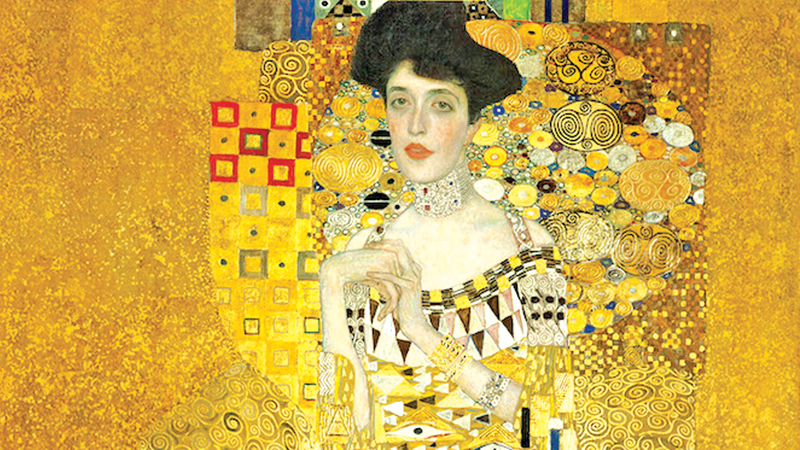I write historical fiction based on the lives of real people and put women at the center of those stories. These are women who have been marginalized by history or whose triumphs and tragedies have been forgotten by today’s readers. In my work, I’m inspired as much by Lily King and Paula McClain as by Nathaniel Hawthorne and William Shakespeare, who also wrote fiction based on history and the people who lived it.
My new novel Stolen Beauty gives voice to one of the most recognized women in art: Adele Bloch-Bauer. Like Helen, the face that launched a thousand ships, Adele’s beauty is associated with war, love, and envy. The story encompasses the height of Jewish Vienna, the depths of Hitler’s depravity, the beginning of modern Expressionism, the struggle of an elderly woman to reclaim her rightful legacy, and a 2004 US Supreme Court case that made headlines on both sides of the Atlantic. Adele’s tale—interwoven with that of her niece Maria—is as much about creativity and self-discovery as it is about the search for identity and the preservation of a history that might otherwise have been destroyed, forgotten, and lost.
Adele Bloch-Bauer was a wealthy Jewish patron of the arts in turn-of-the-century Vienna—and the only woman to have her portrait painted twice by Klimt. Like other feminist heroines featured in historical fiction, Adele was a brilliant young woman who struggled against the limitations put upon her by societal restrictions and gender roles.
Thwarted in her desire to attend university, she married young and became a salon leader, muse, and eventually, a socialist activist. Imagining her private struggles gave me ample opportunity to wonder what I would have done had I been born in similar times, faced with similar challenges.
My great-grandmother, in fact, was. Creative, energetic and self-determined, Regina was born seven years after Adele, under the same emperor: Adele in Vienna in 1881, Regina in Budapest in 1888.
Regina was a small woman, but she was fierce and never at rest. “She’s smart as a whip,” my mother told me when I was a girl. “Nothing gets by her, nobody takes advantage of her.”
When I was young, I understood this to be a product of Regina’s refugee status and her immigrant background. I understood that the qualities of intelligence, industriousness, and financial intelligence were Regina’s defining characteristics.
Adele was the spirited daughter of a banker who had been honored by Emperor Franz Josef, the monarch who led the Hapsburg Empire for more than 50 years. Regina was the spirited daughter of jewelers who served the Hapsburg’s royal city in Hungary. Her brothers, also jewelers, brought her to America around 1904, about the same time that Adele was getting to know Gustav Klimt as a friend, muse, and, most likely, as a lover.
Regina’s brothers made her a nanny to their children. They told her to change her name to Alice, presumably to Americanize her. They assumed she would obey the men in her family, marry within her religion, repress her personal desires, and stay in her place. Adele’s father expected her to marry and take her rightful place as a daughter, wife, and mother in his distinguished lineage. Adele did not cooperate. Neither did Regina.
With her pale red hair and bright blue eyes, Regina walked proudly through her Long Island sea town, where the Italian barber who would become her husband spotted her. My great grandfather, Genarro, was short, handsome, and Catholic. He watched her walk by his family barbershop and was smitten.
Regina’s Hungarian Jewish family disowned her when the young couple married. She set up her own home and seamstress business, planted a garden, and started a family. Although my great-grandparents were poor, somehow Regina had her portrait painted as a young woman dressed in a corseted, dark blue jacket.
I spent my childhood looking at Regina’s portrait hanging over her living room couch, just as Maria Altmann must have spent her childhood looking at the portrait of her wealthy aunt Adele.



Add new comment